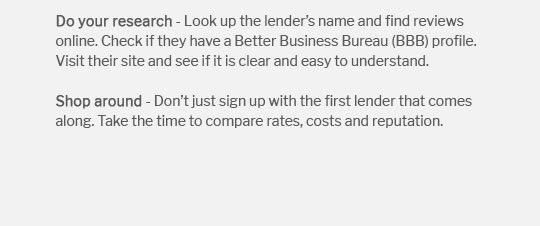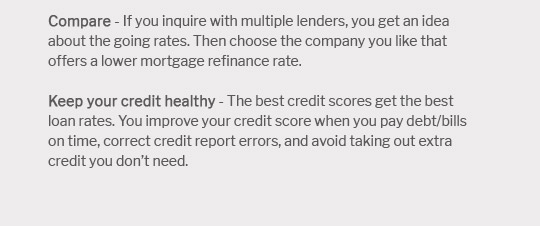 |
|||
 |
 |
 |
||
|---|---|---|
 |
||
 |
||
 |
||
 |
||
 |
||
 |
||
 |
 |
 |
 |
Understanding 10 Year Mortgage Refi Rates for Informed DecisionsRefinancing a mortgage is a significant financial decision, and understanding 10-year mortgage refi rates is crucial for making informed choices. This article explores key aspects of 10-year refinancing, common mistakes to avoid, and other important considerations. What Are 10 Year Mortgage Refi Rates?A 10-year mortgage refinance rate is the interest rate applied when you refinance your mortgage over a 10-year term. This shorter term usually offers lower rates compared to longer terms, which can save you money on interest. Benefits of 10-Year Refinancing
Common Mistakes to AvoidRefinancing can be beneficial, but there are pitfalls to avoid. Here are some common mistakes:
Factors Affecting 10-Year Refi RatesSeveral factors can impact the rates you receive:
For those exploring options, it's important to check recent home mortgage rates regularly, as they can change based on economic trends and lender policies. Is a 10-Year Refi Right for You?Deciding whether a 10-year refi is suitable depends on individual circumstances, including financial goals and current market conditions. When It Makes SenseOpting for a 10-year refinance may be beneficial if you can afford higher monthly payments and aim to save on interest. FAQs About 10-Year Mortgage Refi Rates
In conclusion, while a 10-year refinance can offer significant benefits, it's vital to evaluate your financial situation, compare offers, and consider long-term goals. For those buying a new home, understanding available options like a loan to buy a house can also be essential in planning your financial future. https://www.rocketmortgage.com/refinance-rates
Check today's mortgage rates for refinancing to get cash out, pay your mortgage off faster and more. Connect with us to estimate your personalized rate. https://money.usnews.com/loans/rates/mortgages/10-year-mortgage
As of March 25, 2025, the average 10-year fixed mortgage APR is 6.07%. Why Trust Us. https://www.usbank.com/home-loans/refinance/adjustable-rate-refinance/10-1-arm-rates.html
A 10-year ARM refinance loan is a variable-rate loan with an initial fixed-rate feature. After an initial 10-year period, the fixed rate converts to a variable ...
|
|---|